This article was co-authored by Zora Degrandpre, ND. Dr. Zora Degrandpre is a Natural Health Doctor and Licensed Naturopathic Physician in Vancouver, Washington. She is a grant reviewer for the National Institutes of Health and the National Center for Complementary and Alternative Medicine. She received her ND from the National College of Natural Medicine in 2007.
There are 10 references cited in this article, which can be found at the bottom of the page.
wikiHow marks an article as reader-approved once it receives enough positive feedback. In this case, 83% of readers who voted found the article helpful, earning it our reader-approved status.
This article has been viewed 394,100 times.
While you may think that yeast infections can only happen in the genitals, they can also affect any other part of your skin. The fungus Candida albicans grows everywhere on your skin; occasionally, it can over grow and form an itchy red rash. This might be alarming, but it’s not harmful and responds well to treatment. You might want to try home remedies, but unfortunately they don’t have a great success rate. You can try a few home treatments, but if you don’t see any improvement in a week or 2, then switch over to a conventional antifungal cream, which works much better to clear the rash.
Steps
Natural Remedies
While you may want to try natural home remedies to fight your yeast infection, there aren't a lot of choices. Herbal and home treatments don’t have a great success rate for fighting fungal infections, so they might not work for you. There is little risk in trying these treatments for yourself, though, so you can see if they help. If not, then don’t hesitate to see a dermatologist for more treatment options. Always wash your hands after applying any of these topical treatments so you don’t spread the fungus.
-
1Use tea tree oil to kill the fungus. Tea tree oil is a well-known natural antimicrobial and shows success in killing Candida fungus. It could be effective in concentrations from 0.25% to 1% if you apply it regularly.[1]
- Not all essential oils come diluted, so check to make sure the oil is diluted before applying it to your skin. If the oil isn’t diluted, mix it with a carrier oil like jojoba. Add 1 drop of tea tree oil to each teaspoon (5 ml) of carrier oil for a 1% concentration.[2]
- The rash may still take some time to clear up, so continue using the oil for 1-2 weeks to see if there is any improvement.
-
2Try coconut oil. Pure coconut oil also shows some promise for killing Candida fungus and is a potential treatment for strains resistant to conventional antifungal medication.[3] For use on your skin, take a small amount on your fingertip and massage it into the rash. Repeat this treatment once a day.[4]
- Good-quality coconut oil is solid and waxy. If it’s liquid, then it usually has some additives or it’s too hot.
- You can also eat coconut oil, but it’s very high in saturated fat so don’t use too much.
Advertisement -
3See if oregano oil works. Oregano oil is a powerful essential oil that can kill fungus like Candida. If other treatments don’t help, then try massaging this oil into the rash to see if it works.[5]
- There isn’t an agreed-upon dose or application schedule for oregano oil. Try starting out with applying the oil once a day to see if you notice a difference.
Lifestyle Changes
While the following steps aren’t exactly remedies for yeast infections, they can prevent the rash from getting worse and could help your body fight the fungus. Whether you use natural or medical treatments, these lifestyle changes can help you recover faster and prevent more infections in the future.
-
1Keep the rash clean and dry. Keeping the rash and surrounding area clean and dry is a good way to stop the fungus from spreading. Wash the rash normally with a gentle soap, then pat it dry with a towel.[6]
- Don’t use the towel that you dried yourself with again before washing it. You could spread the fungus to other parts of your body.
- Make sure your skin is dry before you get dressed, because fungus grows in moist environments.
-
2Rub the area with absorbent powder to keep it dry. A bit of powder can soak up any leftover moisture and keep the rash dry. This helps prevent the fungus from spreading.[7]
- This is especially important if the rash is in a spot where you often get sweaty, like your armpit or a fold of your skin.
-
3Keep the rash exposed to air if you can. The fungus can’t reproduce as well if it’s exposed to air. If the rash is in a convenient spot, like your arm or neck, then don’t cover it with your clothes or a bandage. Expose it to the air as much as possible.[8]
- Keeping the rash uncovered is also helpful for preventing sweat from building up and irritating your skin more.
-
4Wear loose-fitting clothing if the rash is in a private spot. You can’t always keep the rash uncovered, especially if it’s on certain parts of your body. In these cases, wear loose-fitting clothing as much as possible until the rash clears up. This prevents moisture and heat from building up and allowing the fungus to reproduce.[9]
- If you’re prone to these infections, then wearing loose-fitting clothing regularly is a good preventative measure.
-
5Lose wight if you have to. Being overweight could put you at a higher risk for skin yeast infections because the fungus could hide in folds of your skin. If you are overweight, talk to your doctor to determine the ideal weight for yourself. Then design an exercise and diet regimen to reach that weight.[10]
-
6Control your blood sugar if you have diabetes. People with diabetes are more susceptible to skin infections like Candida when their blood sugar is out of balance. If you have diabetes, follow your treatment regimen, take your medications, and follow the recommended diet to reduce your risk for yeast infections.[11]
- If you do have diabetes and develop a fungal rash, see your doctor right away. These rashes could lead to infections, especially if they’re on your feet.
Conventional Treatments
Conventional antifungal treatments have a much higher success rate than home remedies, so they’re a better choice for fighting the infection fast. If home remedies don’t work for you, then the following steps will probably work better.
-
1Apply an over-the-counter antifungal cream to clear the rash. A much more effective treatment for a yeast infection is an antifungal cream, which you can purchase from any pharmacy. The application instructions may vary depending on the type that you get, but in most cases you have to apply the cream daily for 1-2 weeks. The rash should start improving within 1 week of this treatment.[12]
- Common antifungal creams are miconazole and clotrimazole. If you aren’t sure which one to get, ask the pharmacist for guidance.
- Always read and follow the application instructions on the cream that you use.
-
2Visit a dermatologist for a stronger prescription cream if you need it. If the rash doesn’t improve within a week of OTC treatment, then you may need a more powerful cream. Visit a dermatologist for an exam. They will probably write you a prescription for a stronger cream. In most cases, you will apply this cream the same way as you applied the OTC cream. Within a week or 2, the rash should clear up.[13]
- Always follow your dermatologist’s instructions and use the cream exactly as directed. Don’t stop using it too early or the rash could come back.
- Keep your dermatologist informed and go in for a follow-up visit if the rash doesn’t get better.
-
3Take antifungal medication for persistent infections. In less common cases, the yeast infection may not respond to topical treatments. In this case, your dermatologist will probably prescribe an oral antifungal medication instead, usually in tablet form. Take this medication exactly as your dermatologist tells you to and finish the entire course to fight the infection.[14]
- Never stop taking the medication too early. The fungus might not be completely gone and the rash could come back.
- You may need oral medication if you have a compromised immune system and can’t fight the infection yourself.
Medical Takeaways
Yeast infections on your skin can be annoying and persistent. Home remedies can work, but they don’t have a high success rate. Fortunately, more conventional treatments like antifungal creams are much more reliable for fighting these infections. If home treatments don’t work, then some OTC or prescription medication from a dermatologist should clear the rash right up.
Warnings
- Some people have reactions to essential oils. If you notice any redness, swelling, burning, or itching after rubbing it on your skin, then stop using it right away.⧼thumbs_response⧽
References
- ↑ https://www.ncbi.nlm.nih.gov/pmc/articles/PMC1360273/
- ↑ https://www.takingcharge.csh.umn.edu/how-do-i-choose-and-use-essential-oils
- ↑ https://pubmed.ncbi.nlm.nih.gov/17651080/
- ↑ https://www.hsph.harvard.edu/nutritionsource/food-features/coconut-oil/
- ↑ https://pubmed.ncbi.nlm.nih.gov/11855736/
- ↑ https://www.uofmhealth.org/health-library/abr7621
- ↑ https://medlineplus.gov/ency/article/000880.htm
- ↑ https://medlineplus.gov/ency/article/000880.htm
- ↑ https://myhealth.alberta.ca/Health/aftercareinformation/pages/conditions.aspx?hwid=abr3878
- ↑ https://www.aafp.org/afp/2005/0901/p833.html
- ↑ https://www.diabetes.org/diabetes/skin-complications
- ↑ https://www.uofmhealth.org/health-library/abr7621
- ↑ https://myhealth.alberta.ca/Health/aftercareinformation/pages/conditions.aspx?hwid=abr3878
- ↑ https://myhealth.alberta.ca/Health/aftercareinformation/pages/conditions.aspx?hwid=abr3878
About This Article
To treat a skin yeast infection naturally, rub coconut oil on the yeast infection 3 times a day to kill the fungi. If you don’t have coconut oil, you can also try putting 2-3 drops of tea tree oil on your skin. Since a weakened immune system can cause fungi to grow, make sure to get plenty of sleep and eat fresh produce. It’s also important to practice good hygiene and get regular exercise to keep your immune system strong. To learn how to reduce your risk of getting a skin yeast infection, read more from our Naturopath co-author.
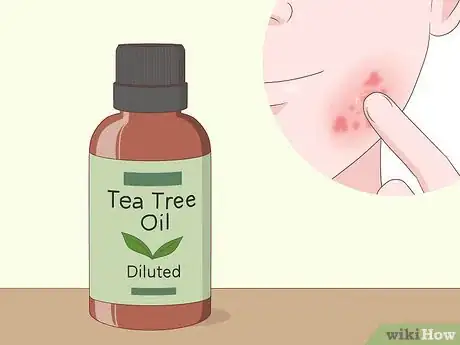
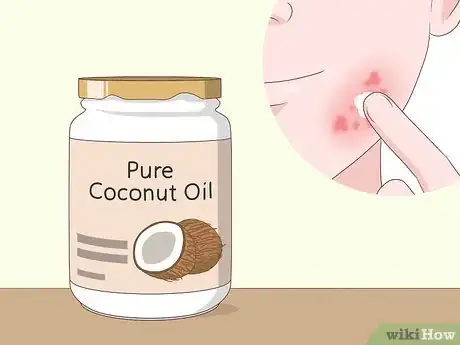
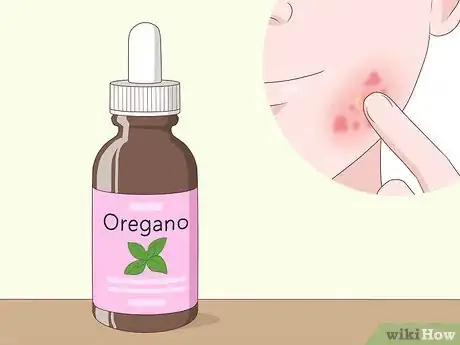
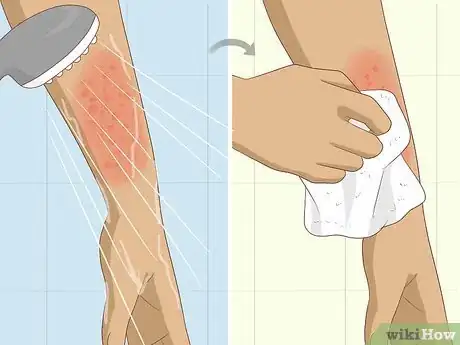
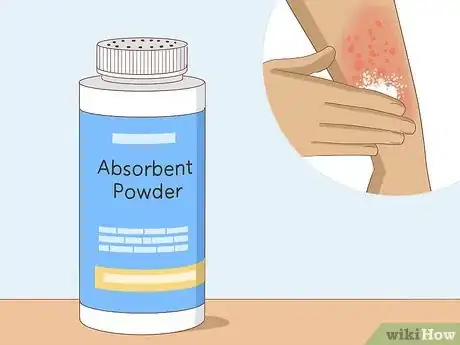
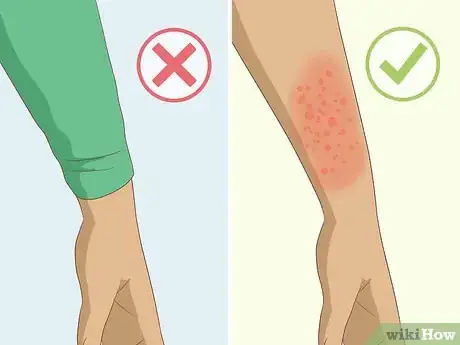
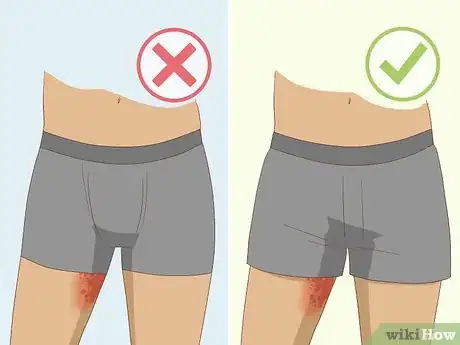
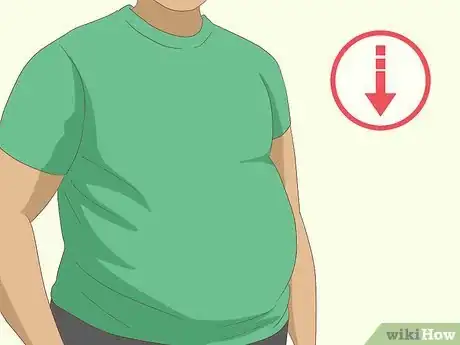
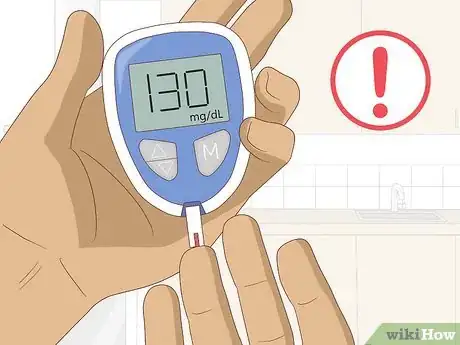
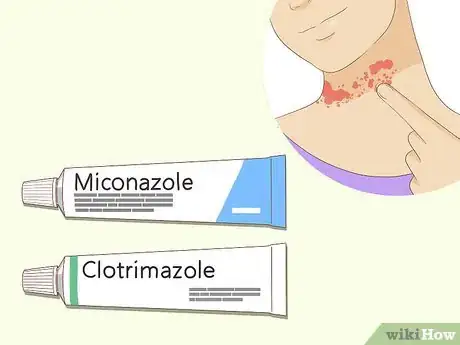

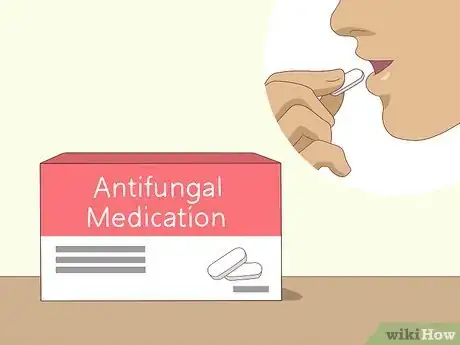





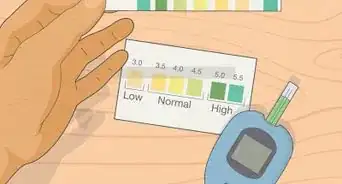
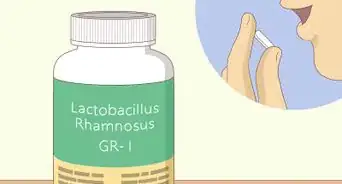



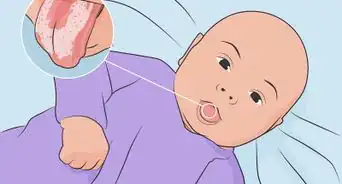
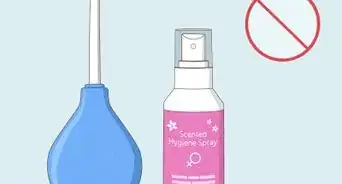
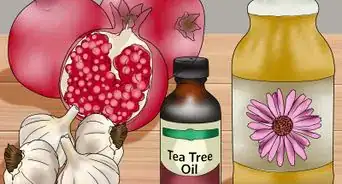













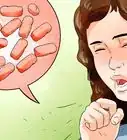




































Medical Disclaimer
The content of this article is not intended to be a substitute for professional medical advice, examination, diagnosis, or treatment. You should always contact your doctor or other qualified healthcare professional before starting, changing, or stopping any kind of health treatment.
Read More...